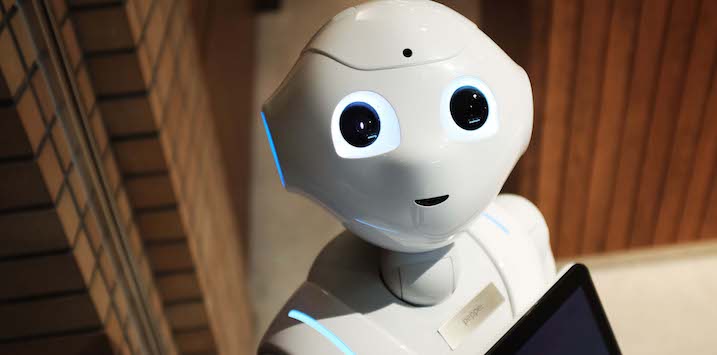
I am not a Robot
I have just had a few very stimulating days at the Byron Writers Festival, and was blown away by the panel discussion on Artificial Intelligence (AI), entitled “The Role of Humans in the Technological Age”.
The audience was graced by Alan Finkel, Australia’s Chief Scientist, Ellen Broad, author of “Made by Humans, The AI Condition”, Elizabeth Finkel, Editor-in-Chief of Cosmos Magazine, and Jennifer Rayner, author of “Blue Collar Frayed: Working Men in Tomorrow’s Economy”.
Alan Finkel set the scene by saying AI was progressing much faster than he had anticipated even five years ago, and he hoped there was always going to be “an off switch”. Jennifer Rayner discussed the ramifications for not blue collar workers, who have been hit hard by both the automation of the production line and the decimation of manufacturing to low labour cost countries over the past four decades, but the increasing threat to white collar workers, and particularly those doing jobs which can be replaced by voice recognition technologies or relatively simple digitisation. Elizabeth Finkel discussed the ethical considerations of the line being crossed with “designer” genomics. While Ellen Broad argued that humans are the data sources that make AI smarter and faster, AI can also be quick to judge, capable of error and vulnerable to bias.
One example investors may want to consider is the world of “personalised medicine” or “predictive medicine”. This is where various treatments and drugs are being labelled for prescription based on the patient’s genetics. In simple terms, this is like Facebook driving a much more focused advertising schedule to each of its hundreds of millions of users, as distinct from the old newspaper or free to air television model which takes a scattergun approach. The convergence of genomics with machine learning is speeding up the development of personalised treatments, and this could theoretically bring down the cost of healthcare, as many experts believe that AI is making the drug discovery process significantly faster and cheaper.
Think of the deployment of AI-revved Internet of Medical Things, where digital pills communicate medical data to a user-controlled app, providing medical practitioners access for remote monitoring. Or the ramifications of identifying high-risk diseases well before traditional diagnostic methods.
A world of faster change, breakthrough technologies, superficially strong businesses experiencing the increased threat of disruption and a less stable and comfortable workforce appeared likely to this viewer.